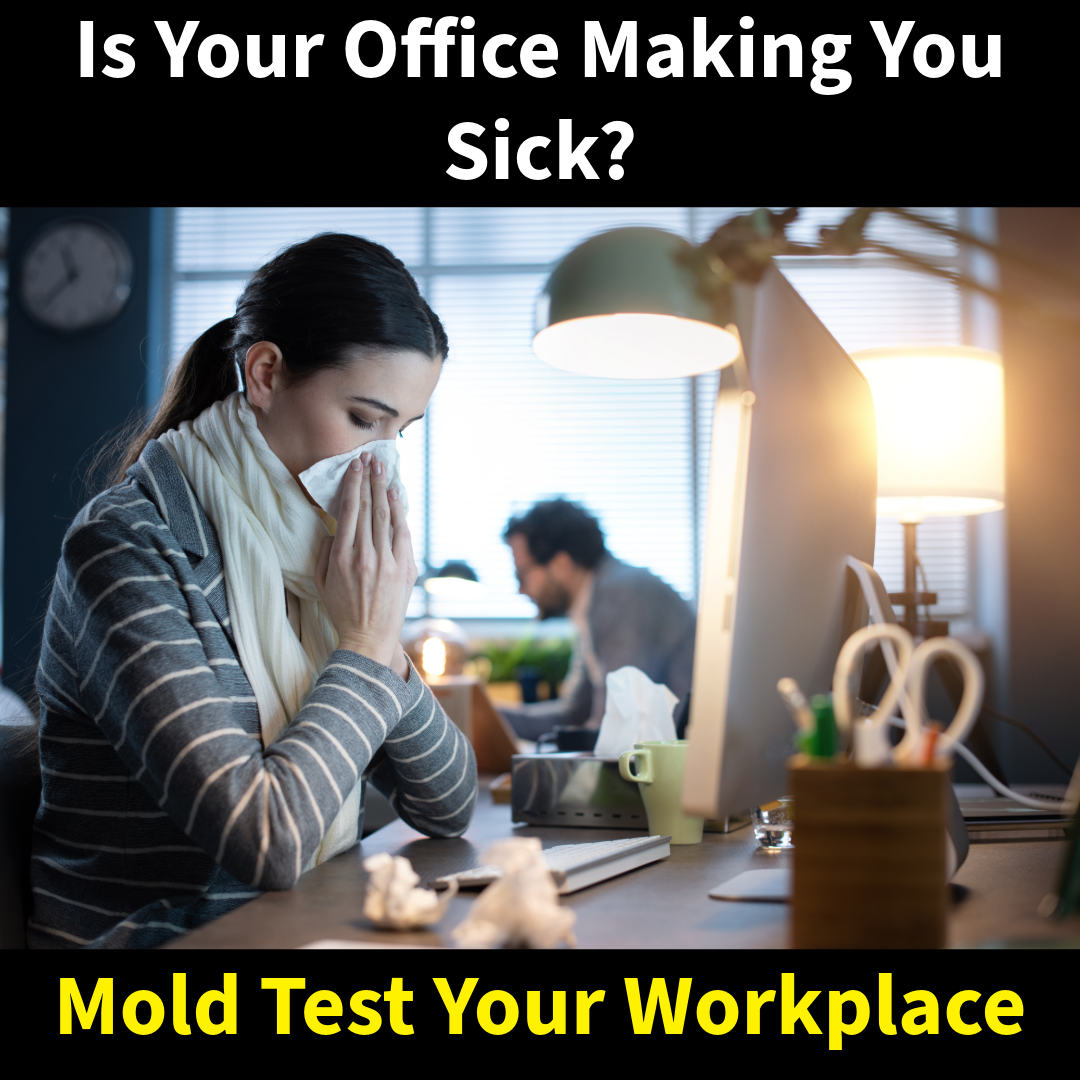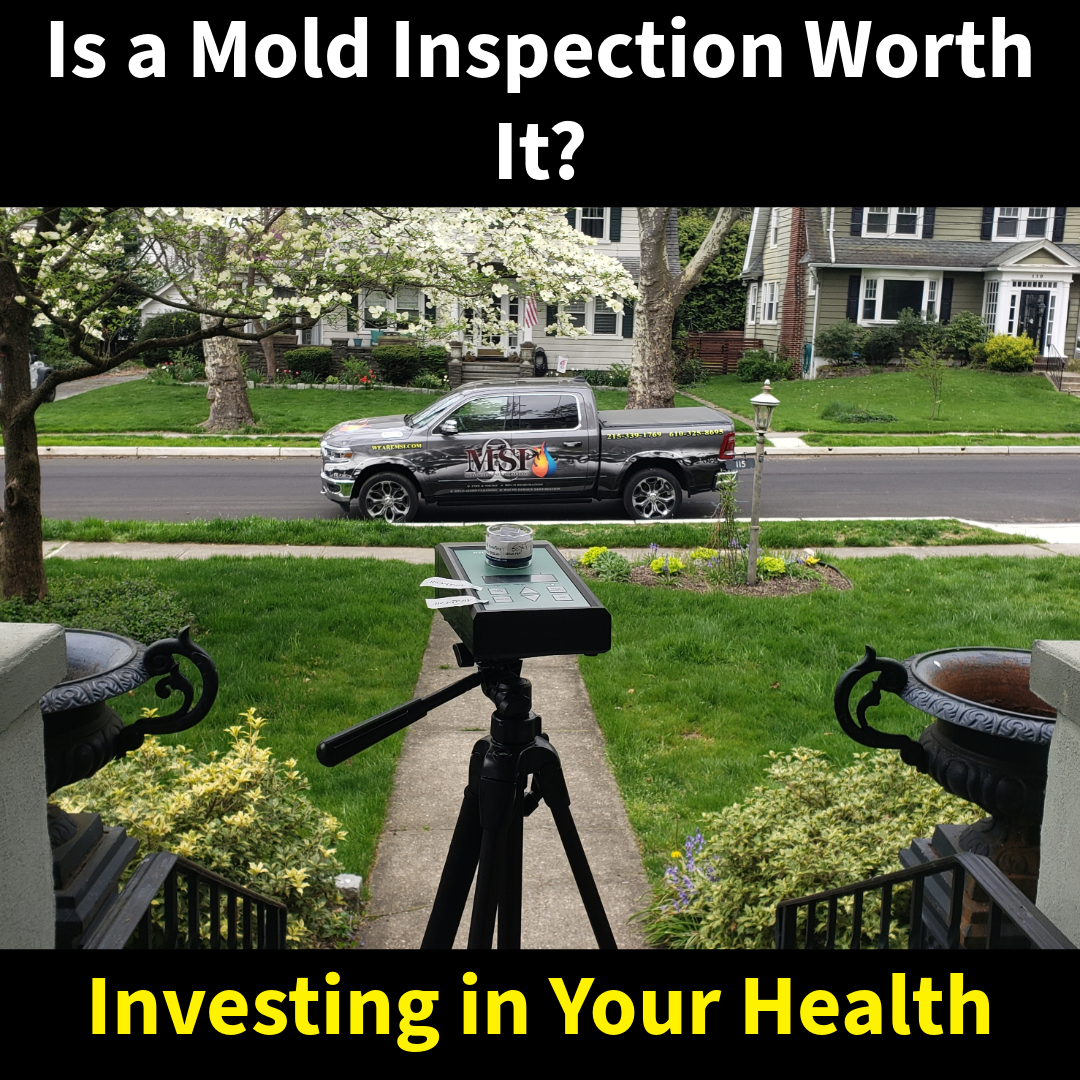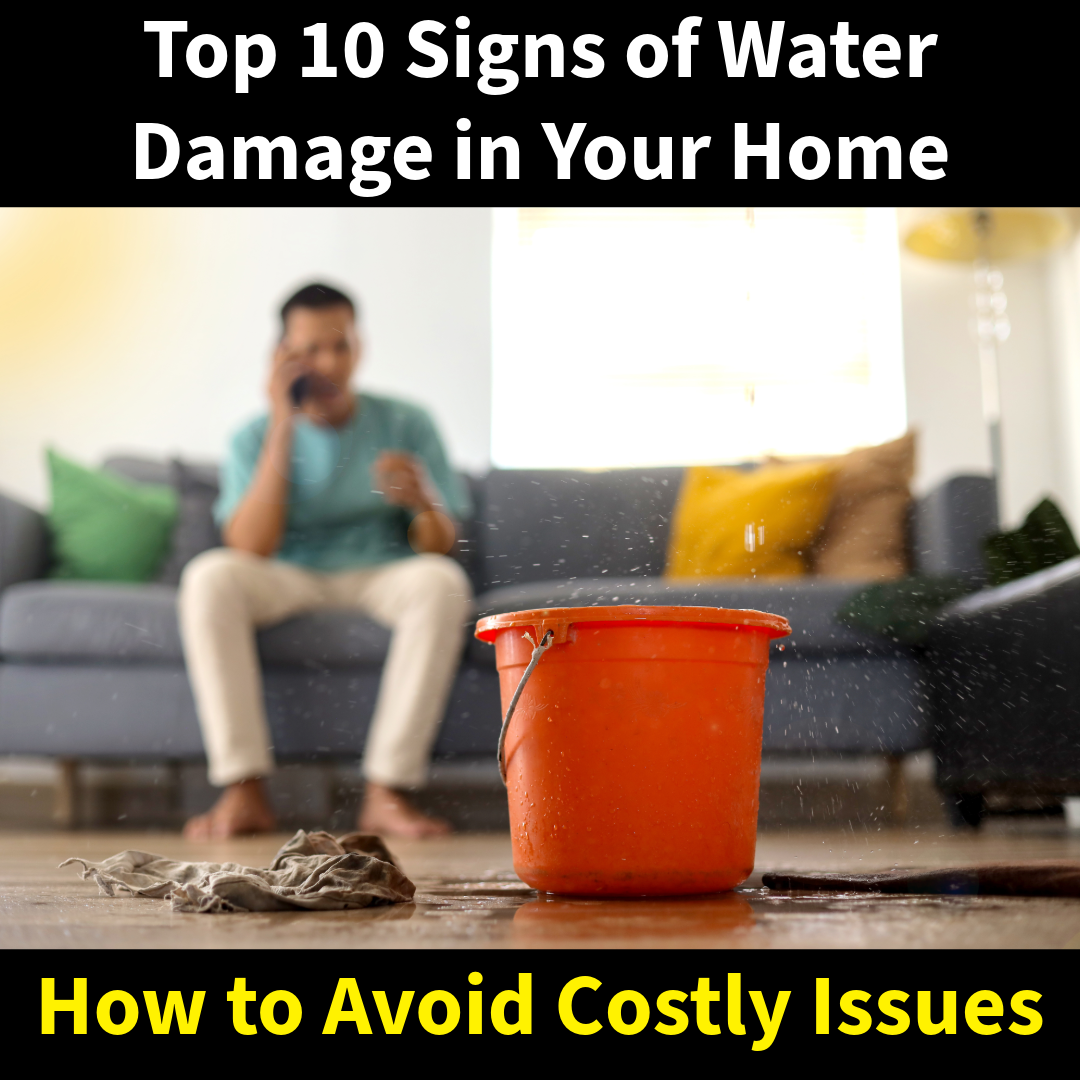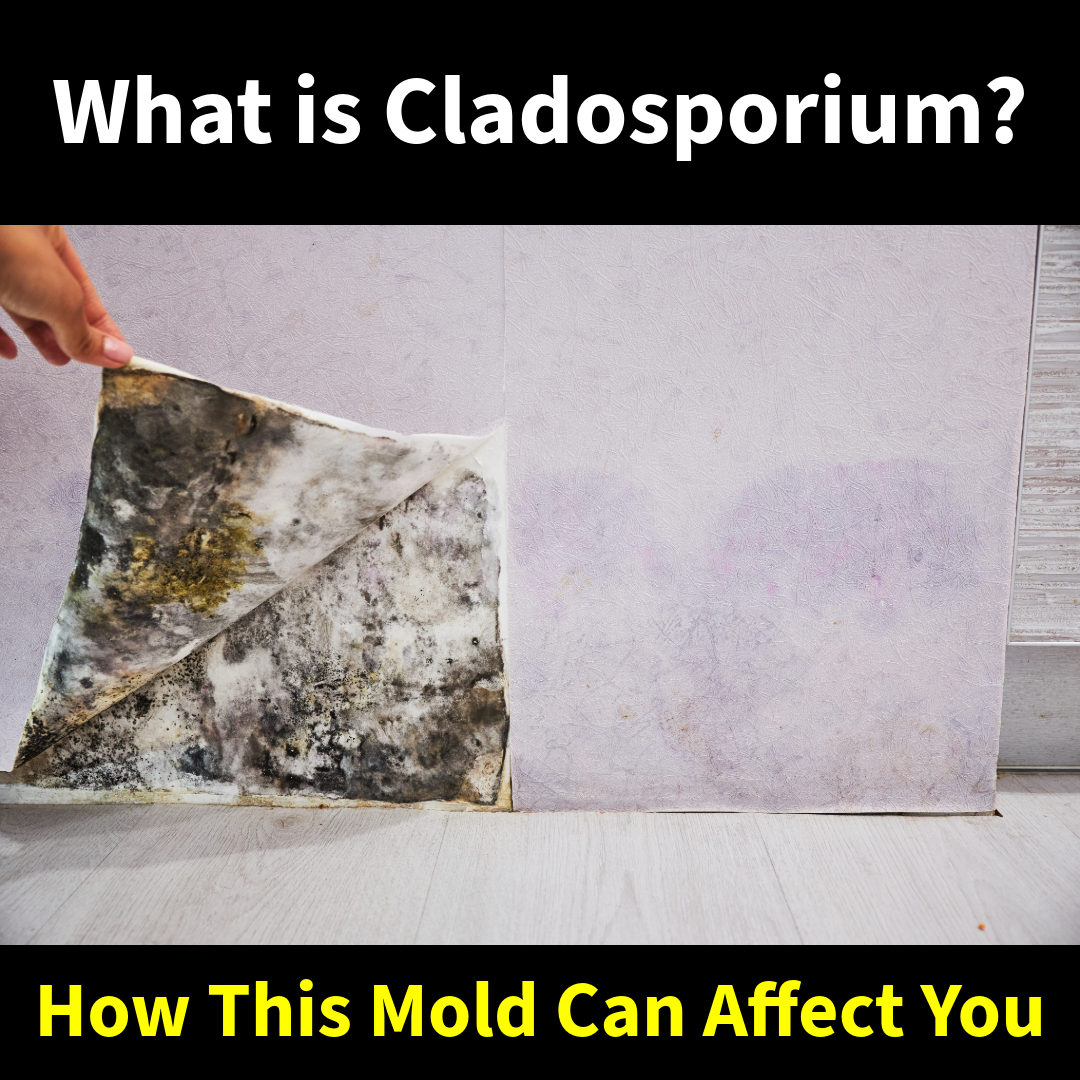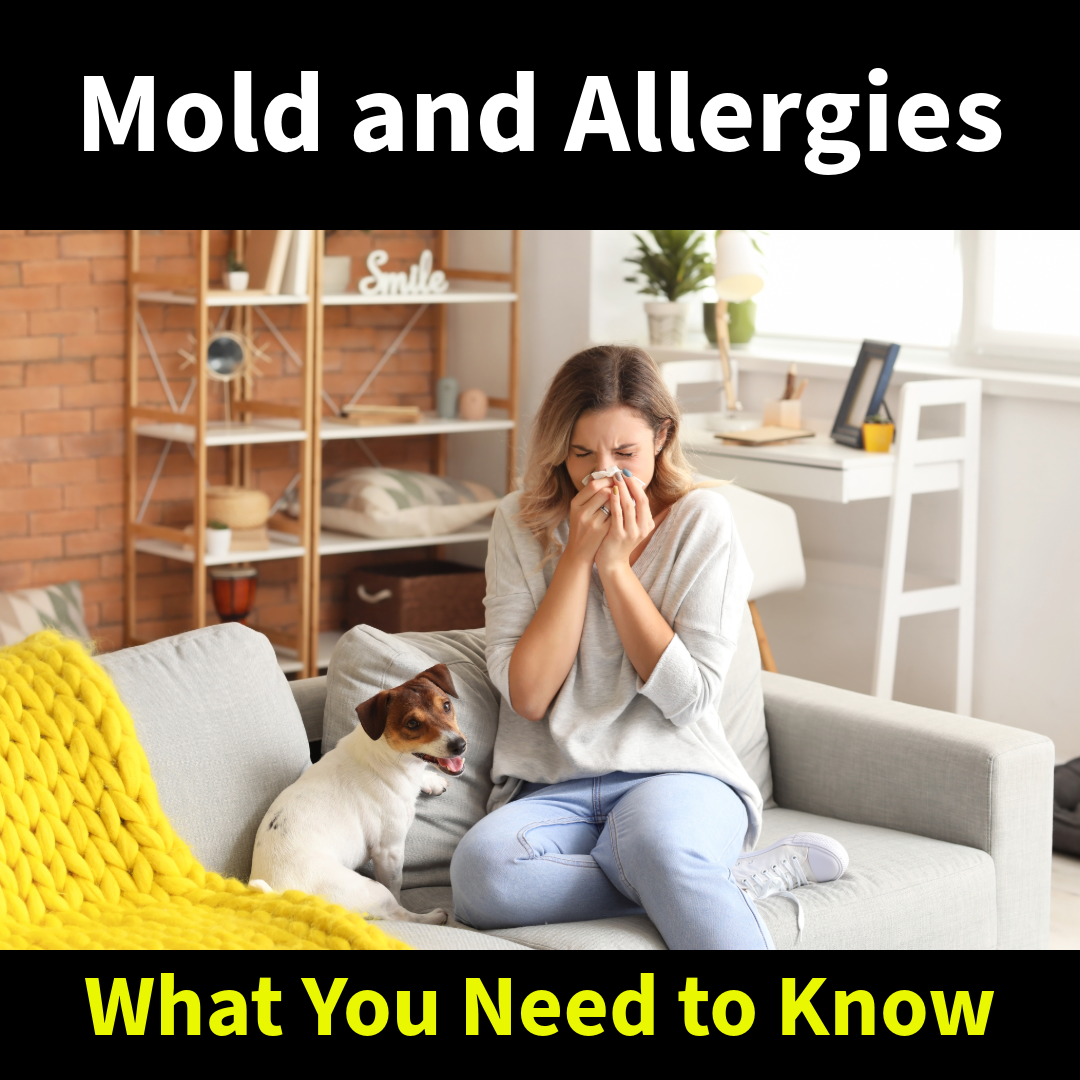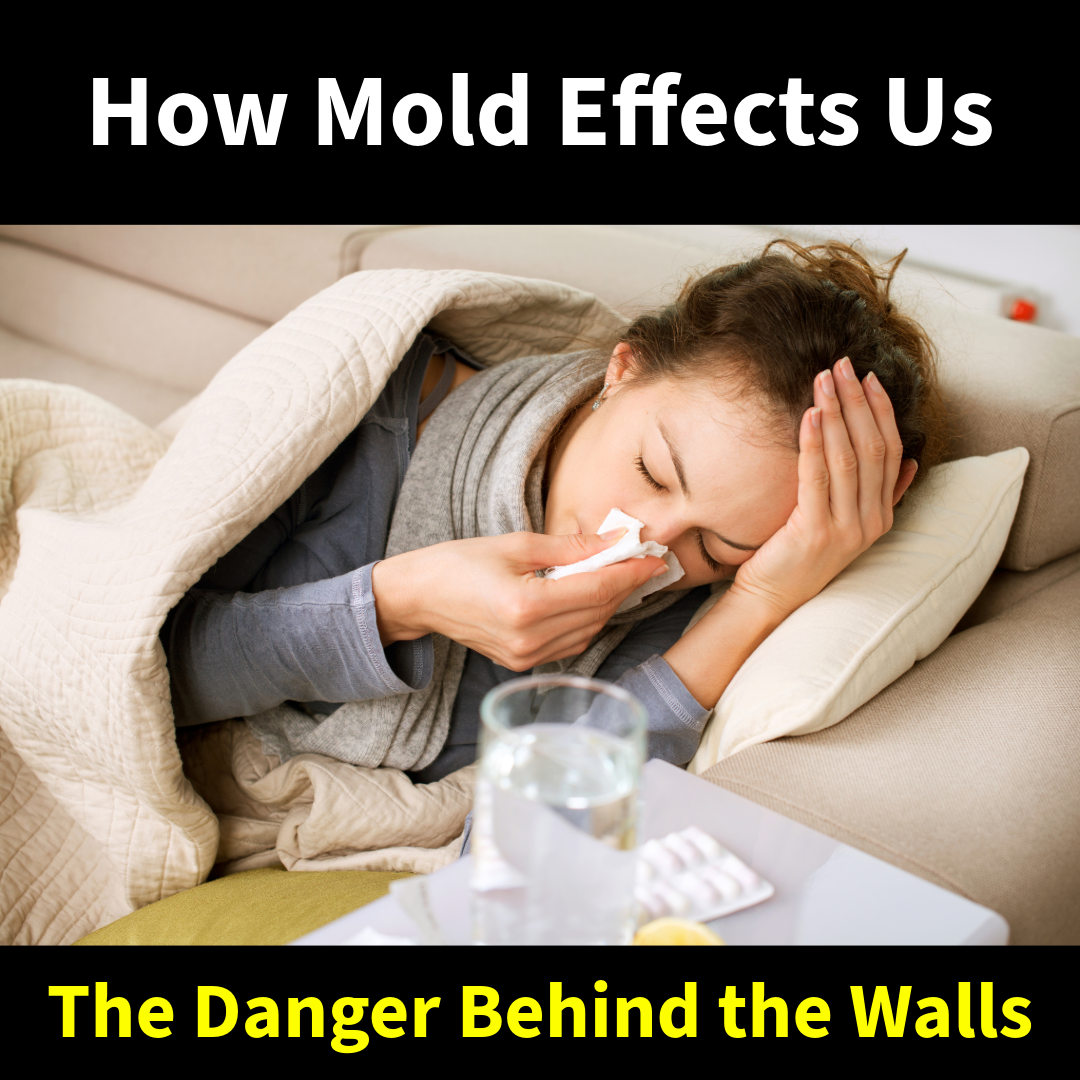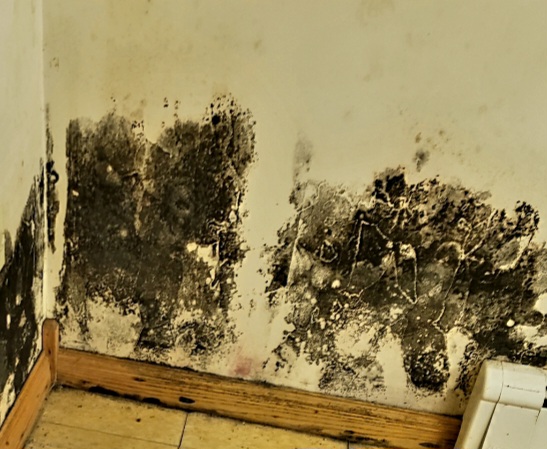Most people spend a significant portion of their day at work, but what if your office environment is making you sick? Unseen mold growth in office buildings can cause a range of health issues, from allergies and respiratory problems to chronic fatigue and headaches. Many employees may not realize that their symptoms could be linked to indoor mold exposure.
Common Causes of Mold in Offices
Mold thrives in environments with excess moisture, and office buildings can develop hidden mold problems due to several factors:
- Leaky roofs and windows – Even minor leaks can create the perfect conditions for mold to grow behind walls or ceiling tiles.
- Poor ventilation – Inadequate airflow can lead to moisture buildup, especially in older buildings or those with energy-efficient sealing.
- HVAC systems – Mold can develop inside heating and cooling ducts, spreading spores throughout the building.
- Plumbing issues – Small, unnoticed leaks under sinks, behind walls, or in restrooms can promote mold growth.
- High humidity levels – Offices with poor humidity control can develop condensation, encouraging mold colonization.
Signs That Your Office Needs Mold Testing
If employees experience unexplained symptoms that improve when they leave the office, mold may be the culprit. Signs that your workplace may need mold testing include:
- Frequent complaints of allergy-like symptoms (sneezing, coughing, congestion)
- Headaches or fatigue that worsen at work
- Musty odors in certain areas of the office
- Visible mold growth on walls, ceilings, or furniture
- Water stains or signs of past water damage
- Increased reports of respiratory issues or asthma flare-ups among staff
The Benefits of Professional Mold Testing in the Workplace
A professional mold test can provide clarity on whether your office has a mold problem, how severe it is, and what steps need to be taken to resolve it. Testing can help:
- Identify hidden mold that may not be visible but is affecting air quality
- Determine the types and concentrations of mold spores present
- Provide evidence for building owners or property managers to take action
- Improve indoor air quality, leading to healthier and more productive employees
Trust the Experts for Accurate Mold Testing
At MSI, we’ve been conducting mold testing since 1998 and have completed over 10,000 tests for commercial and residential clients. Our expertise is trusted in court cases involving mold-related disputes, and we provide reliable, scientifically backed assessments.
If you suspect mold in your office, don’t wait until it affects employee health and productivity. Contact us today for professional mold testing and ensure a healthier workplace for everyone.
